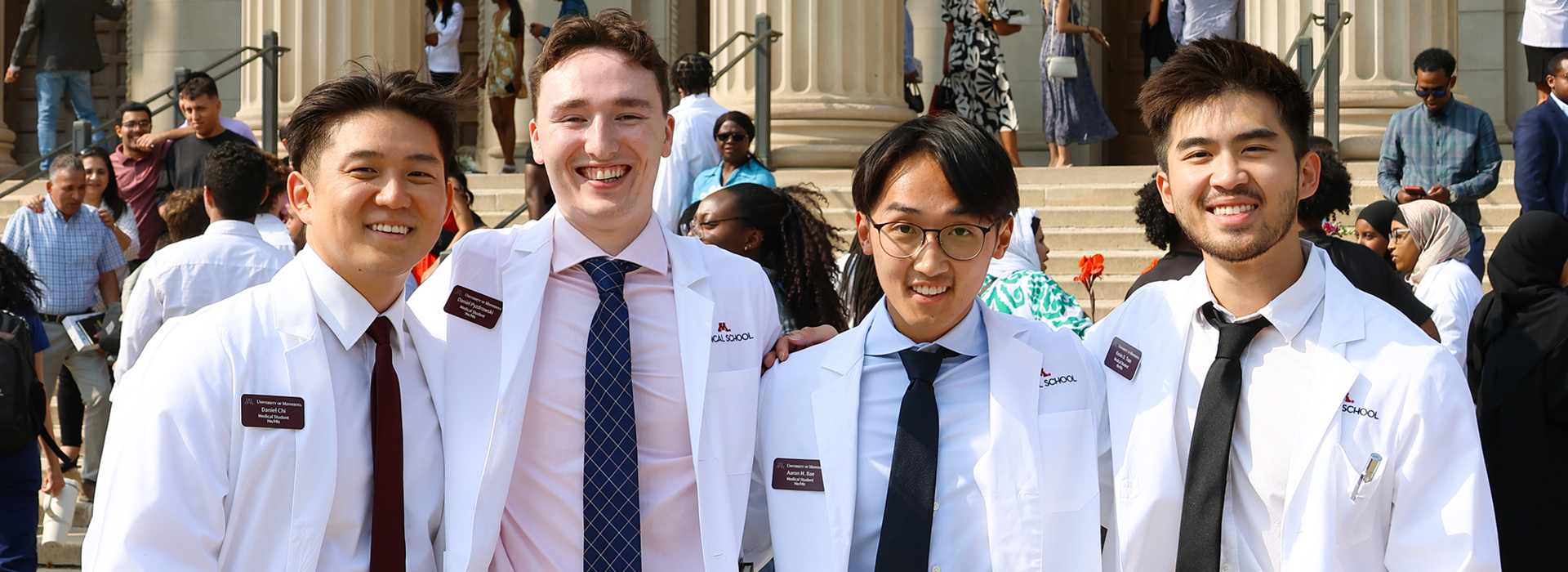
Admissions
DRIVEN TO TRAIN HEALTHCARE LEADERS
One School. Three Campuses.
Our Mission
The University of Minnesota Medical School is one of the largest in the country, with three campuses based in the Twin Cities, Duluth, and St. Cloud. As a world-class leader in medical education, research and patient care, our mission revolves around providing innovative education and training, research that advances medicine and clinical care that improves the lives of our patients.
Degree Programs
Our degree programs include the Doctor of Medicine (MD), Medical Scientist Training Program (MD/PhD), and other combined degrees in public health, biomedical engineering, law, business, or health informatics.
Have questions about the MD program application process?
Contact Admissions at medadmis@umn.edu.
Attend an upcoming Information Session:
- Tuesday, August 6, 2024; 10 - 11 AM (CST)